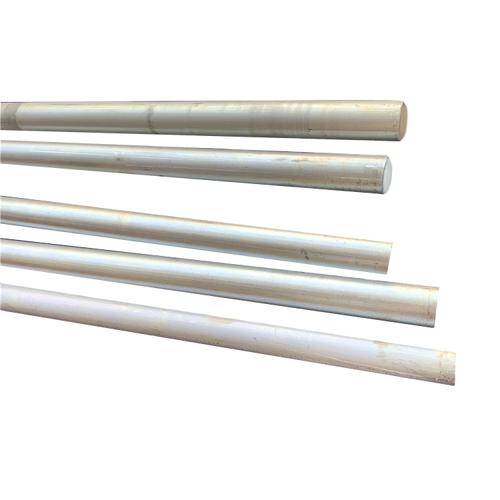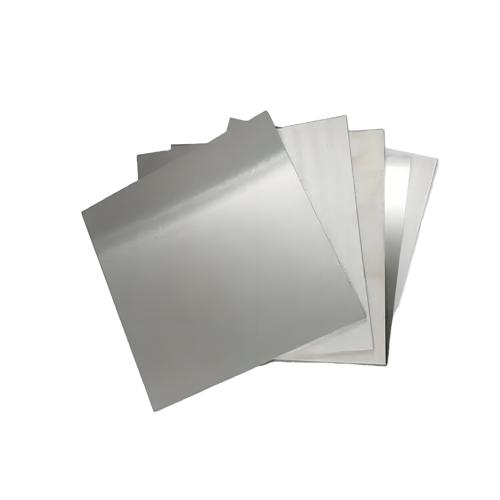Magnesium Lithium Alloy
Magnesium-lithium alloy is a structural metal material known for its ultra-lightweight properties, characterized by one of the lowest densities of metal materials. Its specific gravity is between 1.4-1.6, although slightly higher than the density of plastic, but because of its damping, can absorb impact energy, shock absorption and noise reduction effect is good, so in the Aerospace, electronics, medical and other fields are very popular and have great prospects. The lightweight nature of magnesium-lithium alloys makes them ideal for replacing traditional heavy metal materials, especially in applications where weight reduction is needed to improve performance or efficiency.
The lightweight properties of magnesium-lithium alloys are due to their special alloy composition and crystal structure. This alloy is made of magnesium metal and lithium metal as the main elements, and its density is generally 1.35g/cm3 to 1.65g/cm3, which is not only lighter than ordinary magnesium alloys, but also lighter than aluminum alloys. The crystal point structure of magnesium-lithium alloys is characterized by the transformation with the lithium content, and according to the binary phase diagram of magnesium-lithium alloys, the difference in lithium content will lead to changes in the crystal structure of the alloys, which in turn will affect their physical and mechanical properties.
In addition, magnesium-lithium alloy also has a high specific strength and specific stiffness, cold and hot deformation ability, anisotropy is not obvious and other characteristics, but also has a good electromagnetic shielding performance as well as damping performance and many other advantages. These characteristics make magnesium-lithium alloy become an ideal lightweight structural material in aerospace, electronics and military fields, with a wide range of applications and great potential for development.
In industrial applications, the processing and treatment of Mg-Li alloys is also an important research area. For example, Mg-Li alloys can be treated by age-hardening to improve their mechanical properties, but this needs to be done at an appropriate temperature to avoid over-aging. In addition, by adding trace elements such as Zr or rare earth elements, the grain size can be further refined to improve the plastic processability and high-temperature mechanical properties of the alloys. The development of these technologies and methods has provided a solid foundation for the wide application of magnesium-lithium alloys


